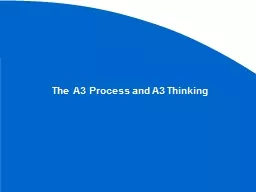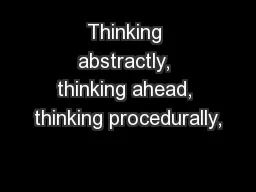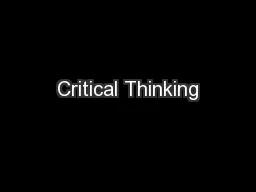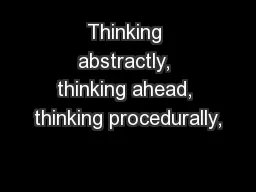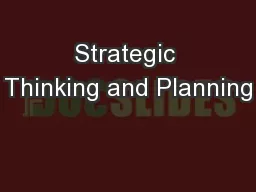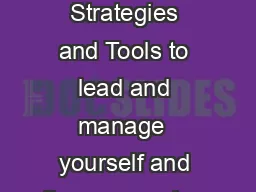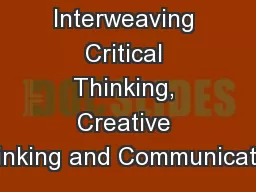PPT-The A3 Process and A3 Thinking
Author : test | Published Date : 2018-09-30
The source for much of this is material is from Understanding A3 Thinking Durward K Sobek II and Art Smalley CRC Press What is an A3 Problem Solving Tool Developed
Presentation Embed Code
Download Presentation
Download Presentation The PPT/PDF document "The A3 Process and A3 Thinking" is the property of its rightful owner. Permission is granted to download and print the materials on this website for personal, non-commercial use only, and to display it on your personal computer provided you do not modify the materials and that you retain all copyright notices contained in the materials. By downloading content from our website, you accept the terms of this agreement.
The A3 Process and A3 Thinking: Transcript
Download Rules Of Document
"The A3 Process and A3 Thinking"The content belongs to its owner. You may download and print it for personal use, without modification, and keep all copyright notices. By downloading, you agree to these terms.
Related Documents

